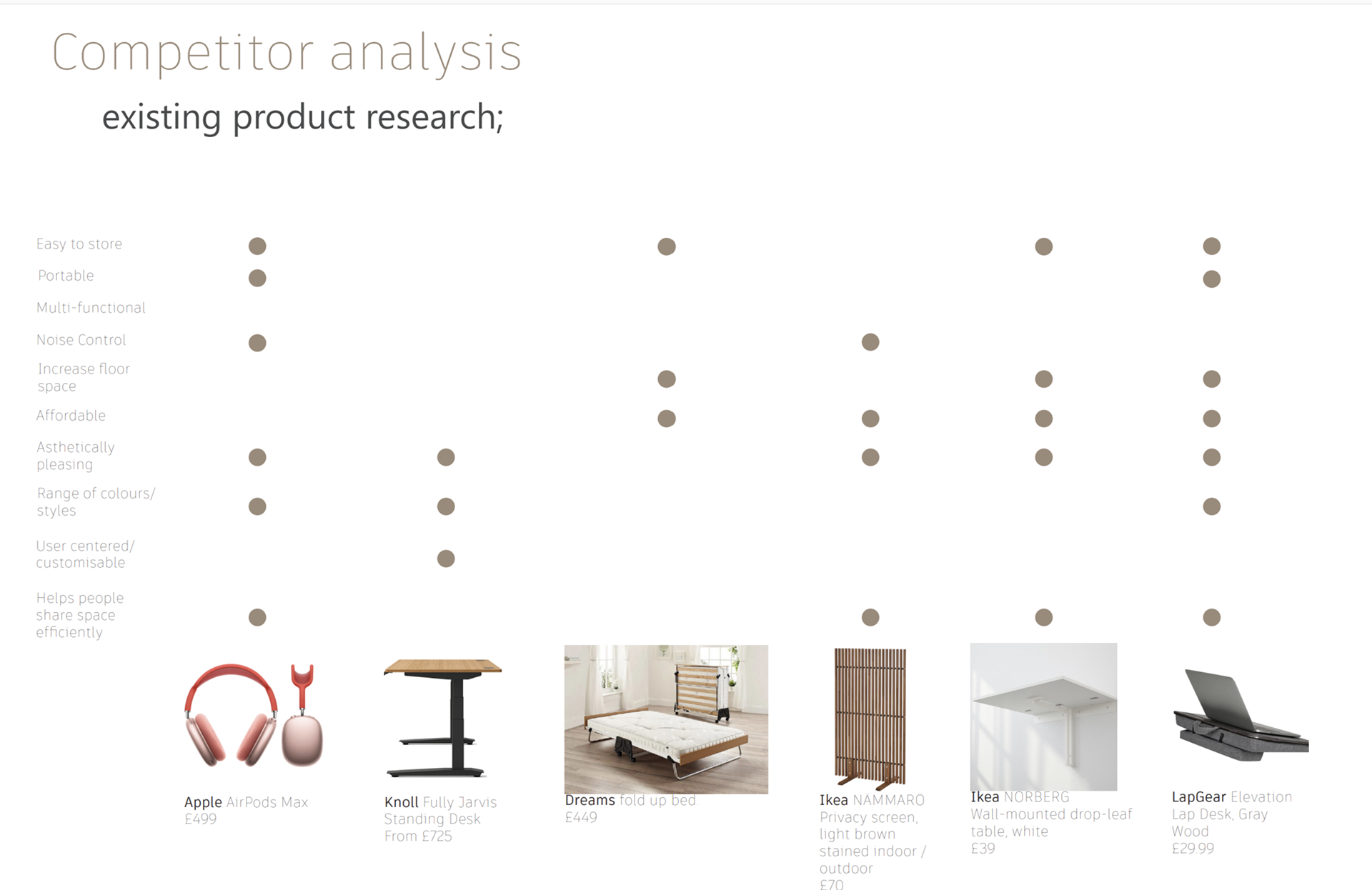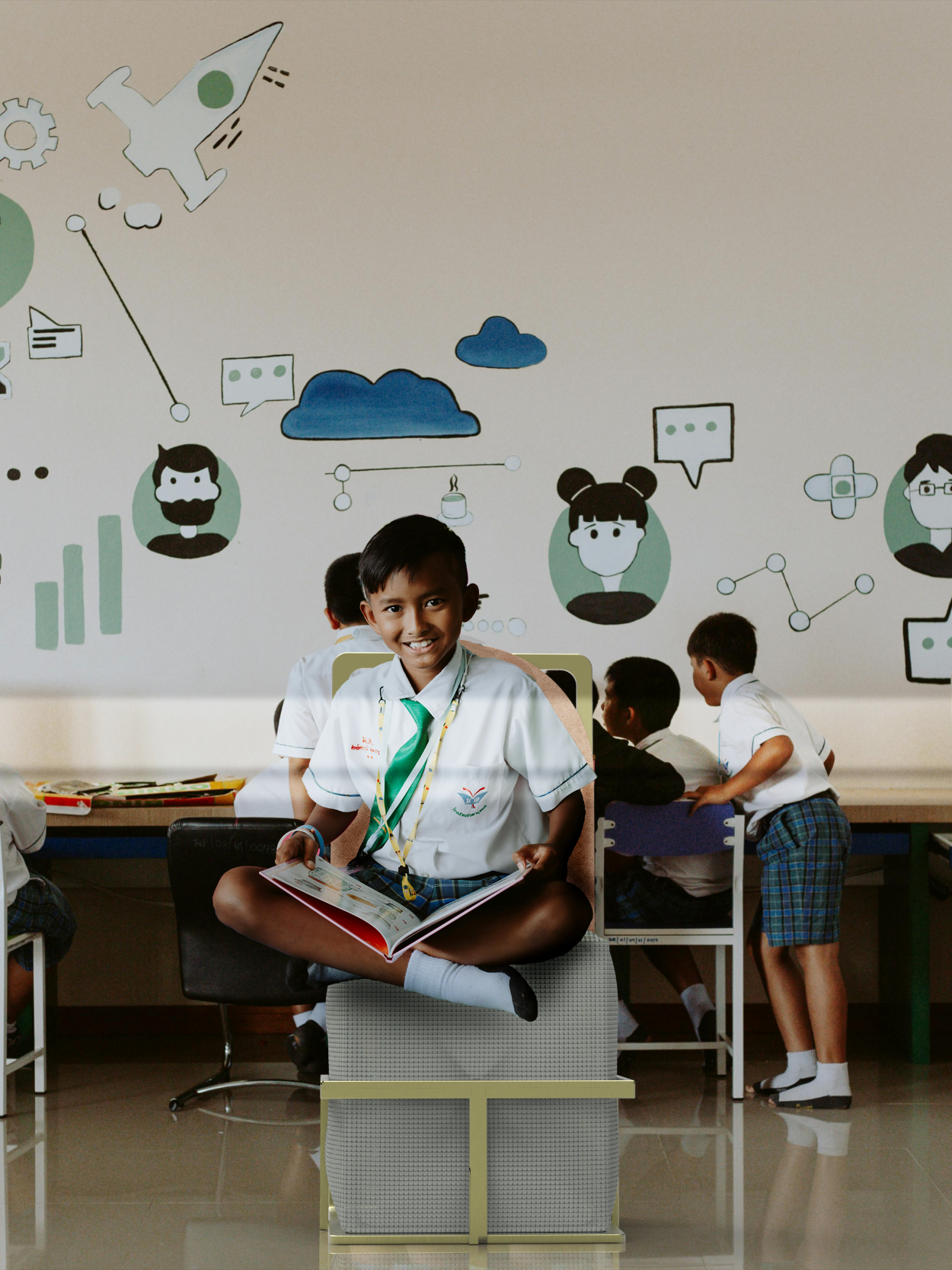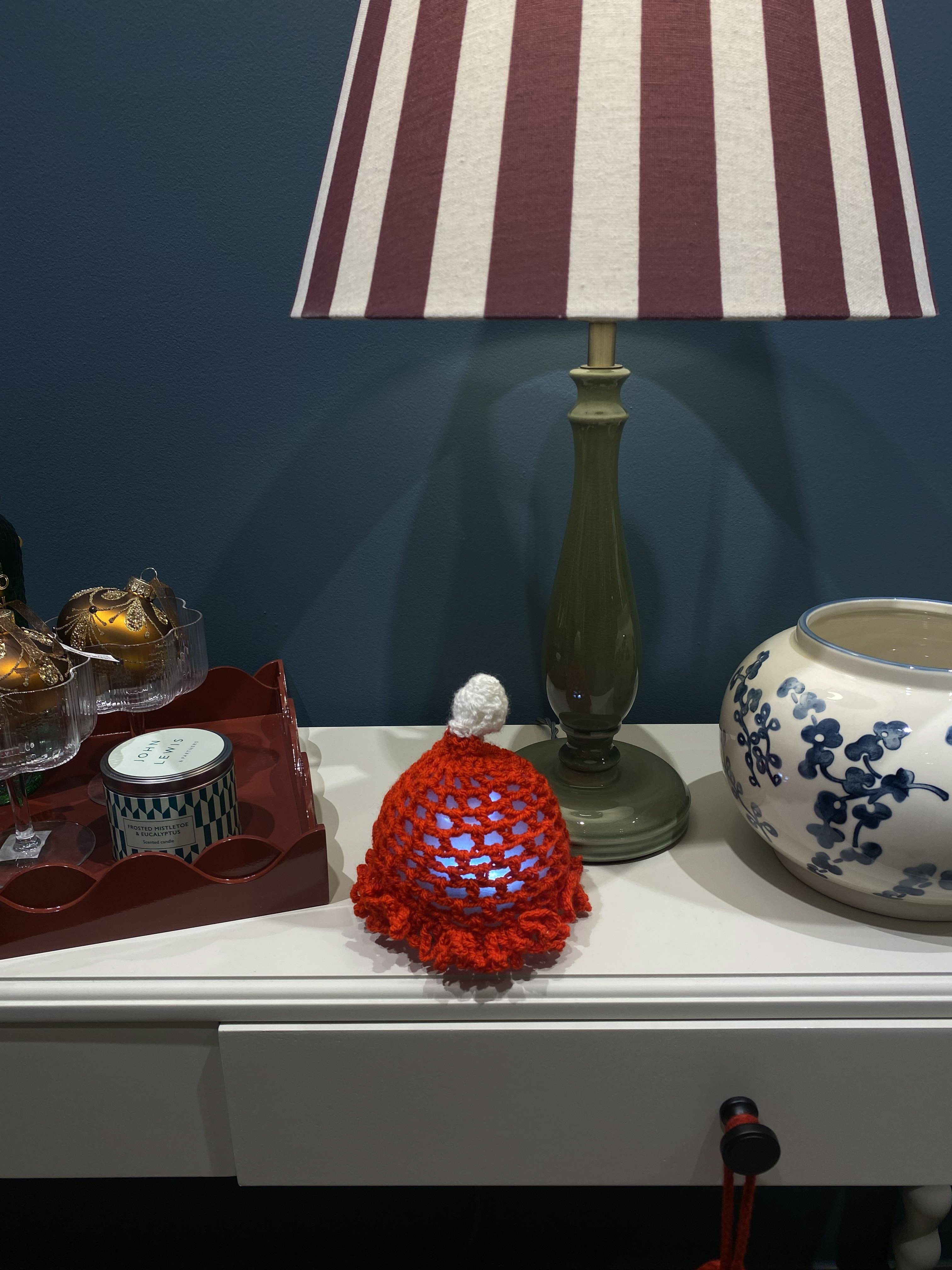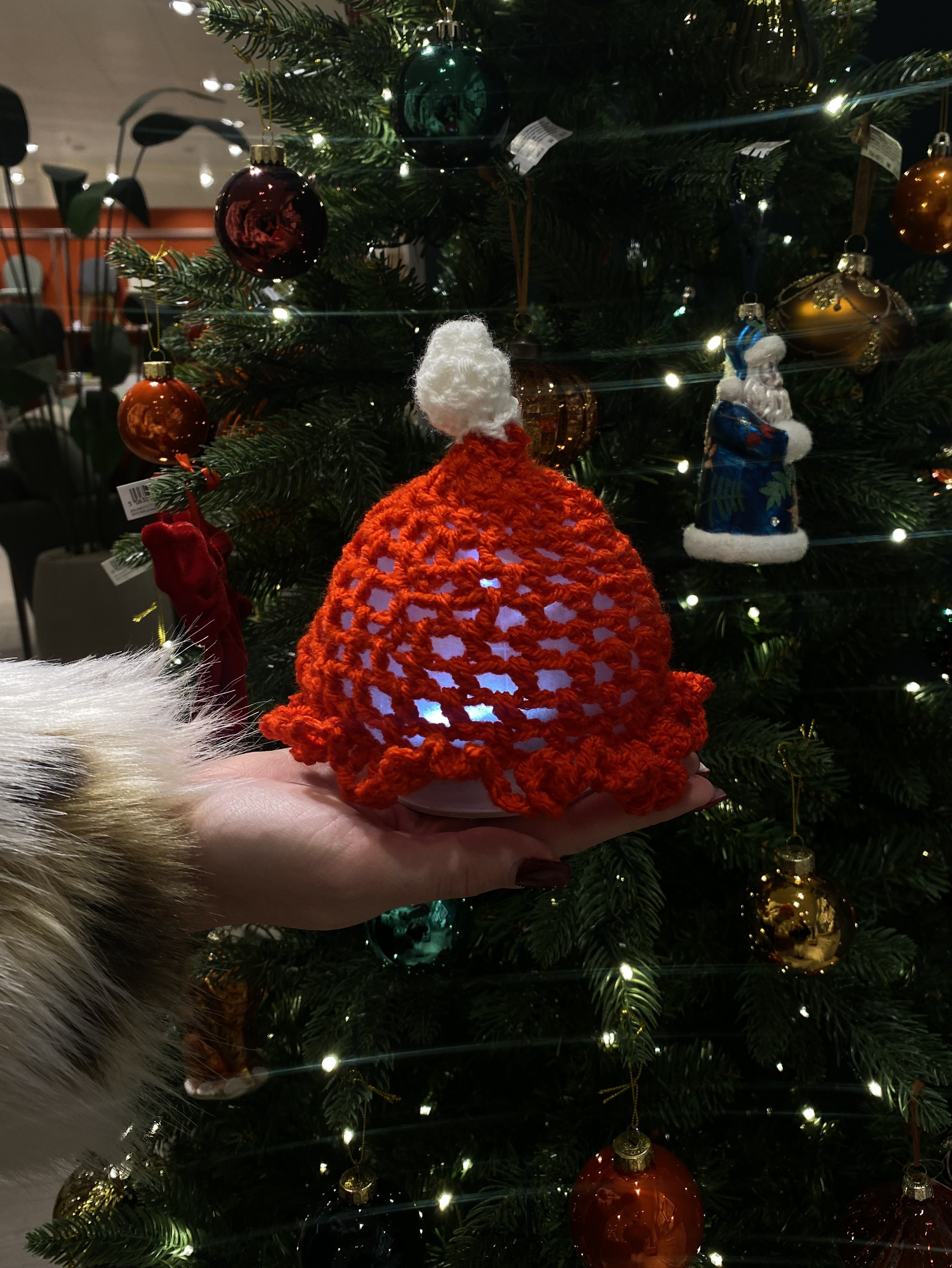In response to the growing trend of micro-apartments in Prime Central London, NTU partnered with Bath-based design consultancy Matter to task our team of 5 with designing both a space-saving living environment and an innovative product to complement it. Collaborating closely with Matter, we carried out the project in a simulated professional consulting environment. This experience significantly enhanced my design collaboration skills, including team building, effective time management, and the strategic distribution of roles.
Image by Met.Design NTU design group
The Met Divide is a modern solution for the remote worker. While advancements in technology have enabled many to work from home—transforming desks, sofas, and even beds into makeshift offices—this shift has blurred the lines between work and personal spaces. Many corporate companies now require employees to come into the office as little as once a week, but the lack of distinction between work and relaxation areas has led to issues like poor sleep and reduced productivity. By addressing these challenges, The Met Divide offers a thoughtful solution to restore balance and improve the work-from-home experience.
Met Divide is a modular system of soundproof, compressed felt panels designed to create private, distraction-free workspaces within the home. Suspended above desks, the panels can be easily lowered during work hours to form a cozy, focused environment. When the workday ends, the panels can be raised and secured to a wall-mounted hook, keeping them out of sight and restoring the space for relaxation. This simple yet effective design helps users maintain a clear distinction between work and home life, seamlessly balancing productivity and comfort.
Small, battery-powered LED ceiling lights illuminate the workspace. The tassel, positioned within easy reach inside the box, allows the user to raise the box when finished working. The height is fully adjustable, offering flexibility to suit different needs. Users can fully lower the box for complete focus or partially lower it—such as to ear level—to block eye-level distractions while allowing natural light and ambient sounds, like a doorbell, to easily cut through. This customizable feature ensures a tailored experience for enhanced productivity and comfort.
Below is a snippet of the research that informed the concept for The MET Design—a space-saving solution tailored to our chosen user, a couple working from home with different schedules. Role-playing was a primary research method that provided deep insights into user challenges, such as managing overlapping workspaces and maintaining personal boundaries. This method has become a preferred approach for me due to its ability to foster empathy and drive human-centered design. Additionally, conducting competitor analysis has become a key skill, enabling me to identify market trends and uncover opportunities for a unique selling proposition (USP) to guide the project’s direction.


Below are some of the initial sketches I contributed to the group, which helped shape the abstract product concept that evolved into The Met Divide. These sketches played a foundational role in our team's development process, sparking discussions and guiding the product's direction. As a product design undergraduate, sketching has been a cornerstone of my design process, enabling me to explore and communicate innovative ideas that align with our team's goal of creating unique, boundary-pushing solutions.


